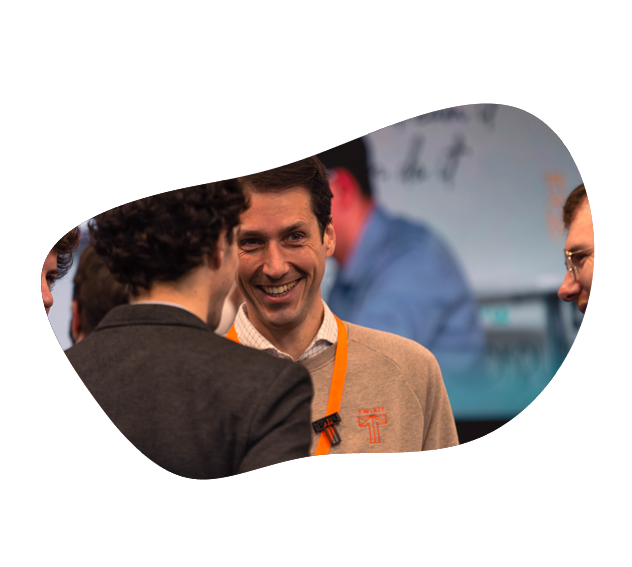Twikit newsroom
The newsroom page is your go-to source for the latest news, insightful articles, and compelling customer cases from Twikit.

Technology
-
Enhanced real-time 3D visualization with our latest ThreeJS engine update15 Mar 2024 Technology
-
Revolutionizing Product Personalization with AI: Introducing Twikit's AI integration.08 Mar 2024 Technology
-
Connecting Twikit & Oqton: end-to-end automated flows for high-volume customization23 Feb 2023 Technology
Automotive
-
How can automotive OEMS benefit from a production-on-demand strategy?06 Jun 2023 Automotive
-
A personalized and unique automotive experience that exceeds customer satisfaction29 Jul 2021 Automotive
-
The future of automotive: automated workflows for individualized parts07 Jun 2021 Automotive
-
Pushing the boundaries of mass customization in automotive: customized car parts25 Mar 2021 Automotive
Software
Platform
© 2024 Twikit. All Rights Reserved.










